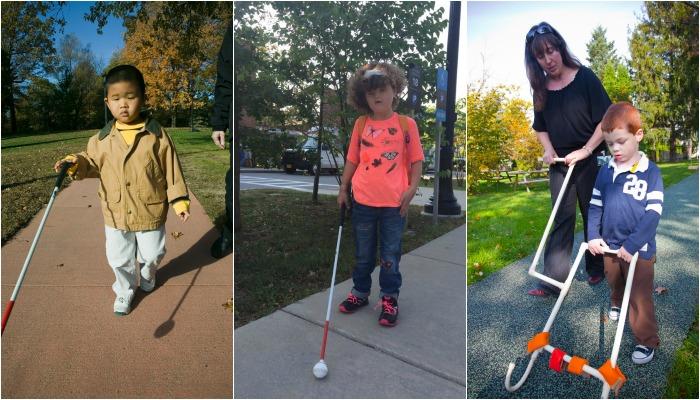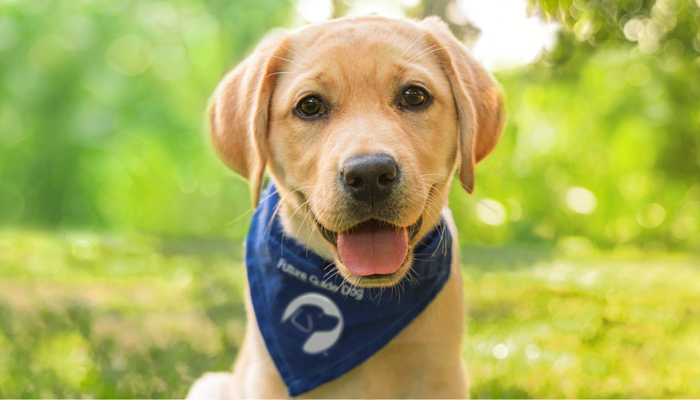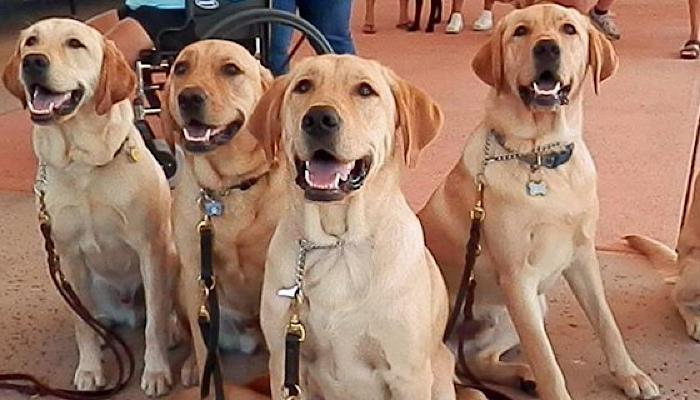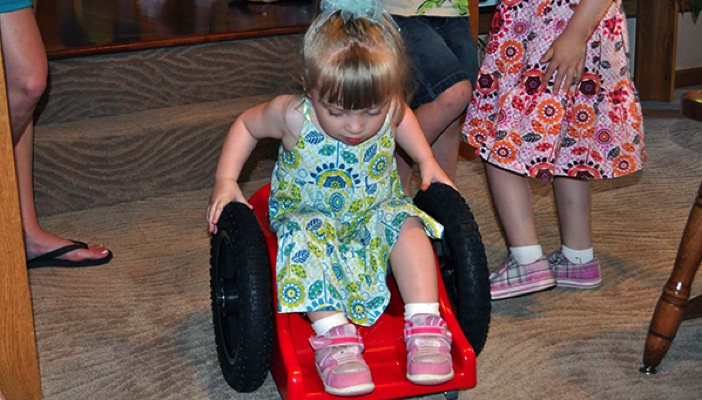Precane vs Long Cane

Is your child ready for a precane or a long cane? That can be a really hard question to answer and a lot of factors go into making that decision.
First of all, it’s important to meet with a licensed Orientation and Mobility specialist so you can have a discussion about your child’s abilities and needs. An in-depth evaluation is always a good idea, too.
But if you’re looking for some general guidelines to help get the conversation started, check out the criteria below:
When is Your Child Ready for a Precane (or an Alternative Mobility Device)?
-
- POSTURAL STABILITY: Your child should have the ability to walk independently with good stability and balance; their hands are seldom held in “high guard” for balance.
-
- SPATIAL SECURITY: Your child should show some confidence and spatial awareness when walking in a familiar, open space for short distances, without physical support or guiding from an adult.
-
- MEANINGFUL GOALS: The setting offers meaningful, familiar goals in the course of your child’s routine. The routes to these goals can be broken down into short (6 to 20 ft.) distances between clear landmarks (like from the living room to the dining room when dinner is ready).
-
- DECREASED VISION: Your child may show a need for protection due to significantly decreased vision that causes unreliable obstacle or drop-off detection.
-
- GRASP: Your child should have the ability and motivation to maintain grasp of the handle of a push toy or precane for a significant distance.
-
- INTEREST: Your child should show interest in pushing a toy push cart or precane.
-
- AWARENESS: Your child should show obvious awareness of the protective nature of a push cart or precane, as seen by increased speed and distance covered when using such device vs. walking without one. In other words, your child seems more confident walking with a push cart than without one.
-
- TACTILE/SPATIAL EXPERIENCE: Your child has had adequate previous experience with trailing, landmark identification, room and building exploration, and simple landmark sequences along trailing routes.
- GOAL DIRECTEDNESS: Your child routinely thinks of desired objects or landmarks and moves purposefully to find them, vs. moving for movement’s sake or for random exploration.
When is Your Child Ready for a Long Cane?
Same as all criteria under precane, when using the long cane, plus…
-
- SURFACE/OBSTACLE AWARENESS: Your child should show a clear interest in and awareness of surfaces and obstacles contacted with a push cart, precane, or long cane, i.e., your child responds in some way to contact with distinctive surfaces or obstacles indicating curiosity or recognition.
-
- TIP POSITION: Your child should show the ability to keep the cane tip on the floor surface consistently, vs. haphazard or unsafe placement, and walks 8 to 10 feet with the tip in front.
-
- COMPLEX SETTING: The primary educational setting (or other commonly used setting) offers significant challenges such as size, lack of familiarity, and spatial complexity. A familiar home or classroom does not often present these challenges.
-
- TEAM COMMITTMENT: Teachers and/or caregivers can be identified who are available for daily practice, committed to the introduction of the long cane, and able to closely follow ongoing recommendations from your child’s orientation and mobility specialist (COMS) and teacher of the visually impaired (CTVI).
- AVAILABILITY OF AN O&M SPECIALIST: Your child is currently receiving regular services from an orientation and mobility specialist, who is able to work collaboratively with the other team members offering O&M follow through. The O&M Specialist (COMS), with input from the team, should recommend and prescribe an individually designed long cane for the child.
Susan Shier Lowry has worked as an O&M specialist for children from birth to five years and their families for over twenty years. She has given presentations and published, nationally and in England, on O&M for infants and preschoolers, including promoting the development of independent walking, using playspaces, teaching about changes in surface depth, and introducing protective/detective devices. She thanks her wonderful students and parents for teaching her what they need. You can contact Susan at susan.lowry@esdb.nc.gov
Related Posts

Orientation and Mobility, Visual Impairment
Southeastern Guide Dogs
Southeastern Guide Dogs places skilled companion dogs with children with vision loss and guide dogs with teens as young as fifteen.

Orientation and Mobility, Visual Impairment
Guide Dogs of America
Guide Dogs of America is dedicated to its mission to provide guide dogs and instruction in their use, free of charge, to blind and visually impaired men and women

Orientation and Mobility
ZipZac Mobility Chairs
The ZipZac 1 & 2® are great mobility chairs for kids who need assistance. The chair was originally developed for a young boy with spina bifida who could move his...